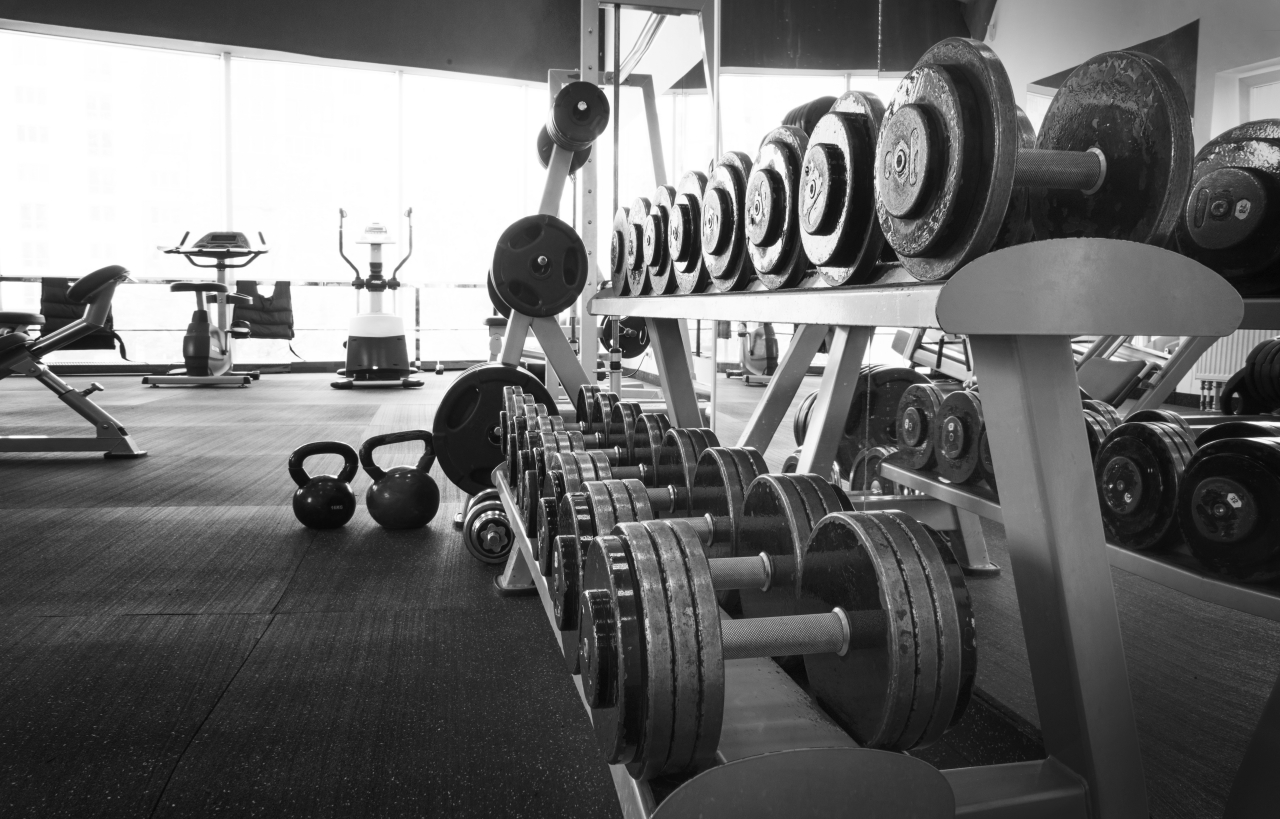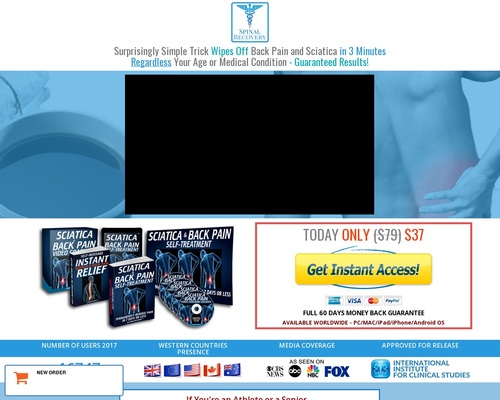[ad_1]
Gait, whether walking or running, requires the ability of multiple core muscles, including the transverse abdominus, internal obliques, external obliques and quadratus lumborum, to stabilize the pelvis and spine when transitioning from one leg to the other. The Bulgarian split squat focuses all your energy into one leg at a time, which helps increase the strength of your leg muscles and may improve your balance and coordination. An important benefit of this type of unilateral training is the cross-over effect; when your right leg is on the ground doing the work, your left leg is also becoming stronger. You can learn more about the benefits of unilateral training from this article in Certified.
In short, because walking and running requires transitioning from one leg to another, the Bulgarian split squat is particularly beneficial because it strengthens your muscles in a way that is similar to how you actually use them. It offers the added benefit of simultaneously strengthening your core muscles, making this an exercise you should add to your leg day.
Muscles Worked
Movement muscles: Quadriceps (rectus femoris, vastus lateralis, vastus intermedius, and vastus medialis); hamstrings (semitendinosus, semimembranosus, biceps femoris), gluteus maximus, gluteus medius, gluteus minimus, piriformis, transverse abdominus, spinal erectors and gastrocnemius
Stabilizing muscles: Transverse abdominus, pelvic floor, diaphragm, internal obliques, external obliques, spinal erectors and rectus abdominus
Joint motion(s): Ankle dorsiflexion, knee flexion and hip flexion in the downward phase; ankle plantarflexion, knee extension and hip extension in the upward phase
Step-by-step Instructions
-
- Stand with your feet hip-width apart. Place your left foot on the floor in front of your body and the top of your right foot behind your body on a bench or jump box that is approximately knee-height.
-
- Keep your pelvis level as you lower your right knee toward the floor to a comfortable depth (pressing your left foot into the floor helps to activate the deep core muscles that stabilize your pelvis).
-
- Before the right knee hits the floor, press the left foot into the floor as if you’re pushing the floor away from you to return to standing.
Tips for Success
-
- To increase your stability, press the top of your back foot on the top of the bench or box.
-
- Once you can do 15 reps on each leg with good form, progress to holding one dumbbell in each hand.
-
- To make this a more effective exercise for strengthening your glutes, focus on your weight moving backward toward the box rather than forward into the knee joint.
-
- The knee of your back leg should be almost directly under the hip while lowering to the floor.
Common Mistakes
For best results, focus on proper form and avoid the following:
-
- Letting your back knee hit the floor on the lowering phase.
-
- Letting your front knee move too far forward. The hip of the leg on the floor should provide most of the mobility for this exercise.
-
- Using a box too low or too high. Select a box that is approximately knee-height but no taller than mid-thigh
Modifications
Use one dumbbell: To increase activation of the core stabilizers, hold the weight in the hand on the opposite side of the body from the foot on the floor.
TRX Suspension Trainer: Using a suspension trainer can help improve your balance and mobility by allowing you to move your leg farther behind your body, resulting in a greater range of motion. Place your left foot in the cradle (the fabric loop of the suspension trainer) and keep your right foot pressed into the floor to engage your core muscles. Press the top of your left foot into the cradle and straighten your left leg behind you to create more stability while lowering yourself into your right hip. Pull your left leg forward when returning to the standing position.
Kettlebell option: Hold a kettlebell on one side of your body with your arm extended fully overhead. Use the same side as the back foot on the bench or box. Holding the arm straight overhead can help strengthen the shoulder while increasing activation of the deep core muscles.
[ad_2]
Source link



